We have saltwater flooded golf carts after hurricane Ian. Their old 0-5k Ohm throttle pots are shot, and replacing them is very expensive. The new throttle systems can be fitted more cheaply, but their resistances start about 800 Ohms rather than zero. So they work, but the first touch of the throttle is an uncomfortable jolt. My wife has some strong feelings about this.
I am trying to build a circuit that temporarily adds parallel resistance to the new throttle circuit, to drop the effective resistance of that circuit for 2-3 seconds to feather the takeoff. If I could buy a depletion mode PMOS, I could use an RC timer to slowly pinch the added circuit off. But apparently they are not commercially viable, existing only in tutorials that give dupes like me false hope. :)
So I'm having a hard time coming up with another idea, given my limited knowledge of the subject. Below is what I'm working on, but I seem to be stuck and would appreciate any advice.
My plan thus far: The controller has a 13.5V loop. Initially the PFET conducts, keeping the 100 Ohm minimum resistor in parallel with the stock throttle circuit, dropping the overall circuit's resistance quite low, meaning a gentle throttle. The first RC timer fills and starts closing the N MOSFET, which in turn starts opening the P JFET and tapering the flow of the low resistance part of the circuit. Very rapidly the stock throttle will be the path of least resistance and be in charge.
Please let me know what I should be doing!

